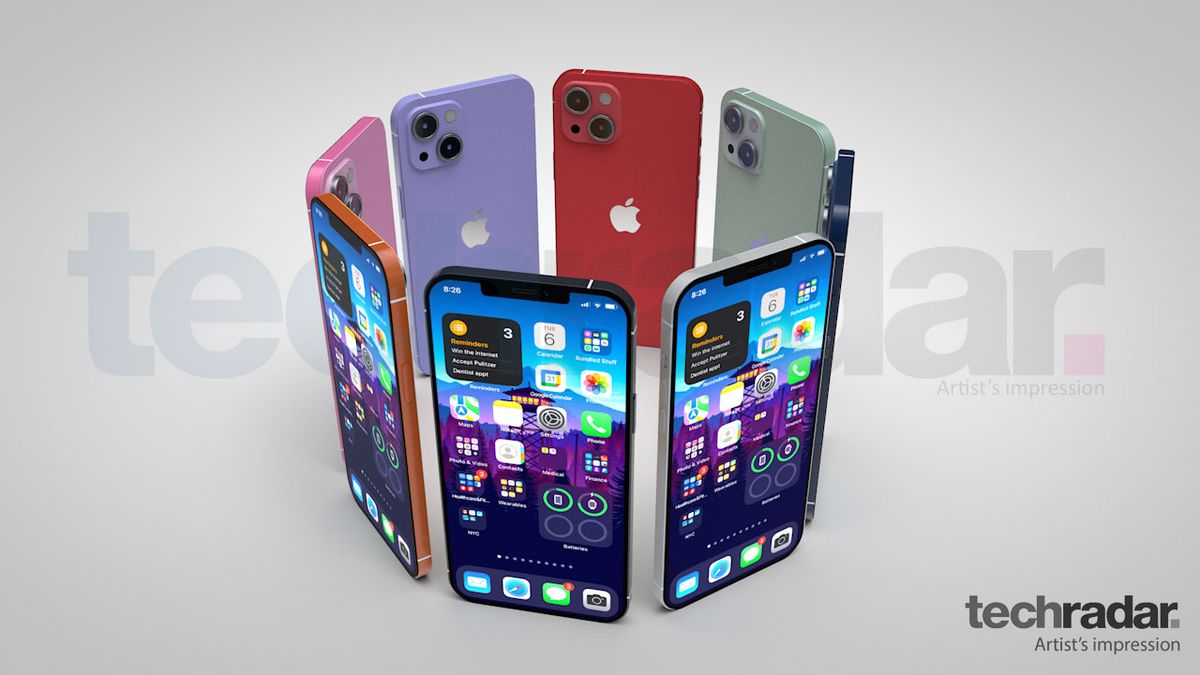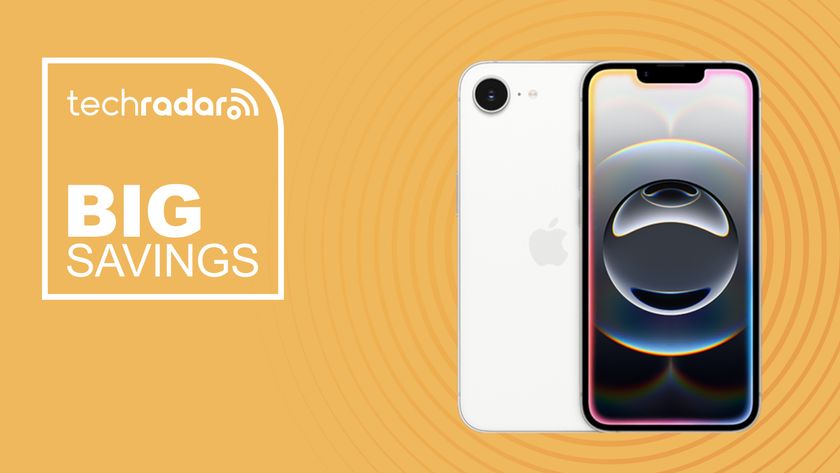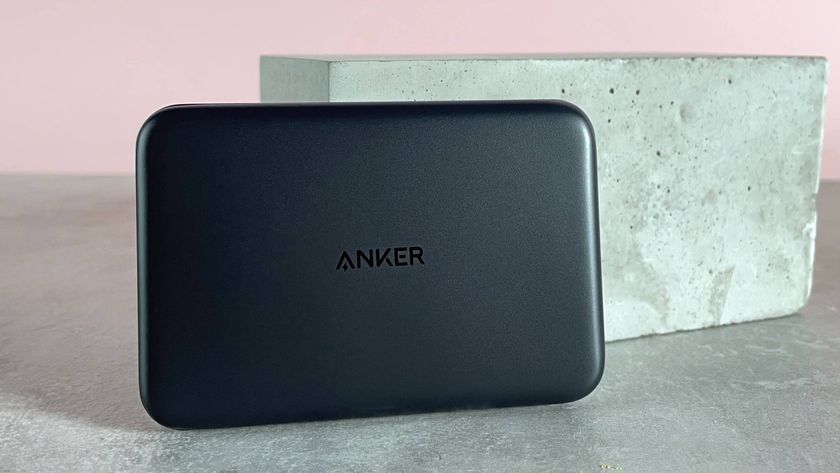New iPhone 13 report backs up rumor of always-on display
Akin to the Apple Watch and a decade of Android devices

Earlier in the year, we reported on a rumor that Apple's upcoming iPhone 13 could feature an always-on display (alongside other fresh display tech), and now the rumor has been lent further weight in a new report from Bloomberg's Mark Gurman.
Among current whispers of a bigger battery, 120Hz refresh rate screen, smaller notch, and a boost in performance, the iPhone 13 may also be getting an LTPO (low temperature polycrystalline oxide) display just like the Apple Watch.
Combining LTPO with OLED display technology would allow the phone's screen to remain constantly on but in a much reduced capacity (ample enough to simply display time and notification icons), resulting in considerably less battery usage when compared to regular display usage.
As always, this is still a rumor and is in no way confirmed by Apple, but the move would make sense and the increased support for this bit of gossip is a strong hint of its authenticity.
About time
Nokia was the first phone manufacturer to introduce always-on displays, dating back all the way to 2009, and the feature has been a mainstay in many Android handsets since, including Samsung's Galaxy and Google's Pixel lineups.
If the next iteration of iPhones do include this feature, it certainly won't be the first time Android has beaten Apple to the punch – 5G, waterproofing, widgets, wireless charging, notchless displays all come to mind – but can Apple do it better?
One of the primary drawbacks of an always-on display is its drain on battery life. While it consumes less power than regular screen usage, the draw is still there, and with the Apple Watch Series 5 it made a significant impact when compared to its predecessor.
Get daily insight, inspiration and deals in your inbox
Sign up for breaking news, reviews, opinion, top tech deals, and more.
We hope Apple can manage to wrangle an optimized relationship between its iPhone 13 display and battery, or indeed just increase battery capacity enough to handle the extra load, so as to avoid making a noticeable dent in the upcoming handset's battery life.
Most Popular





